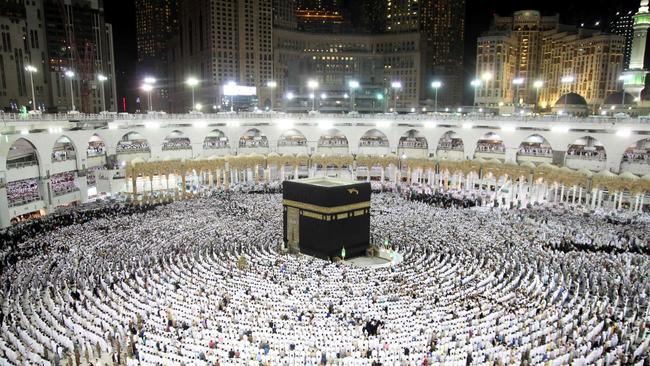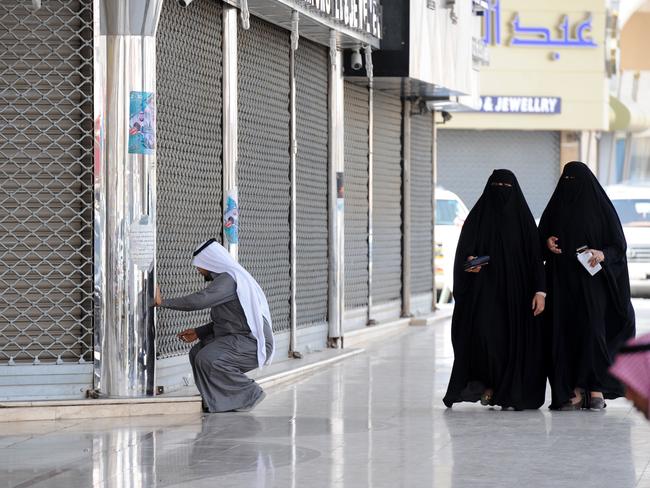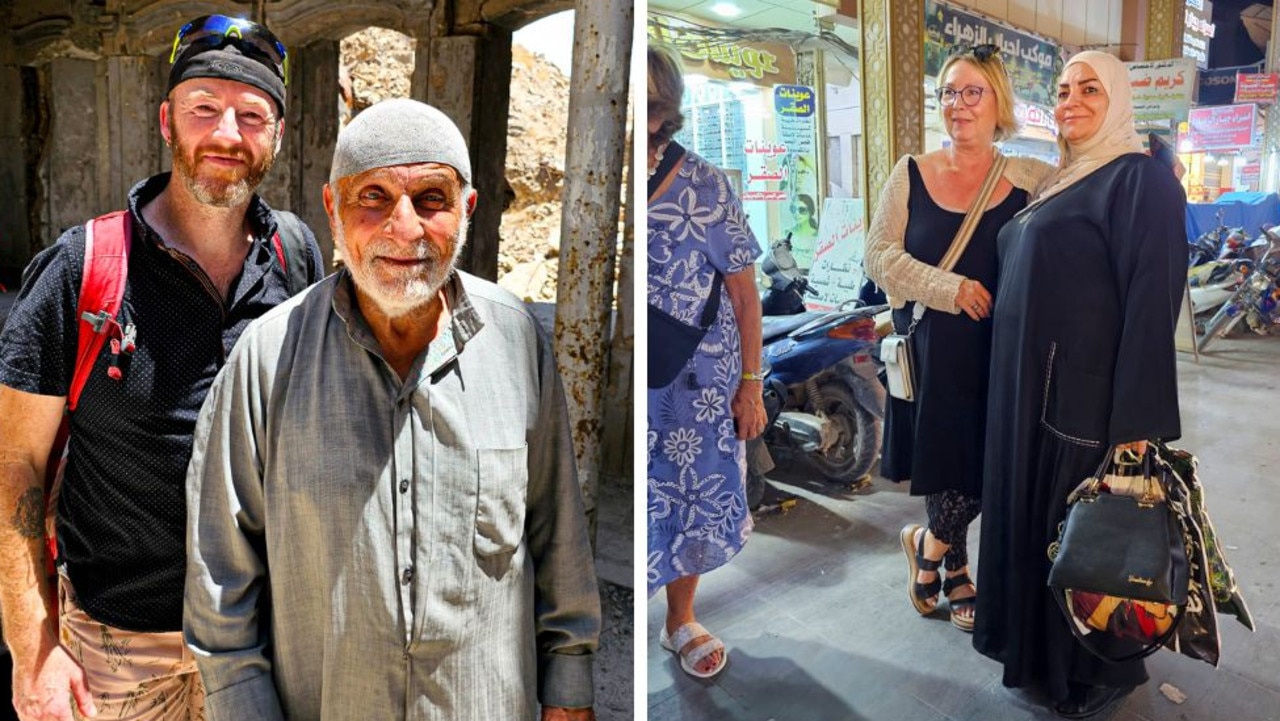You’ll soon be able to get a tourist visa for Saudi Arabia, but mind the red tape
NOT long ago, this was an ultraconservative, closed-off place. Now it suddenly wants us to visit — but there are some big catches we have to agree to.

WHEN it comes to travelling in the Middle East, there are the destinations that play a prominent role on the tourism stage — Dubai, Jordan, Israel — and those that are largely considered off-limits.
Saudi Arabia, a country bordered by Jordan and Iraq to the north and Oman and Yemen to the south, has held its ground in the latter camp of Middle Eastern countries, but that’s all about to change.
Starting from April 1, the conservative, closed-off country will start issuing tourist visas for the first time since 2010.
In the past, visas mainly opened the borders to business travellers, folks visiting family, and religious pilgrims making the trip to Mecca. In an effort to reduce its economic dependence on oil, however, the nation is turning to tourism.
• MORE: ‘Booze and bulls**t’: The dark side of Dubai
• MORE: Where it’s safe to travel in the Middle East
��� MORE: 8 Things you should know before travelling to Dubai

Aside from getting a close-up look at one of the world’s most restricted countries, highlights include Mada’in Saleh, a UNESCO World Heritage site known for its rock-cut tombs; the Red Sea town of Jedda; the capital city of Riyadh; and the Sarawat Mountains.
But expect a fair amount of red tape. Women over 25 will be able to obtain a 30-day tourist visa, while those under the age limit will not be allowed into the country alone, and will have to be accompanied by a family member.
Also, non-Muslim travellers won’t be able to visit the famous cities of Mecca and Medina, Conde Nast Traveller reports.

You may be refused entry “if your passport or luggage has evidence of travel to Israel, such as Israeli entry or exit stamps or any stickers with writing in Hebrew”, Australia’s Department of Foreign Affairs and Trade (DFAT) warns.
Visitors to the region should also be vigilant of the conservative culture in Saudi Arabia, especially when it comes to dress, gender, and alcohol. Women are encouraged to wear loose-fitting, modest clothes and a headscarf.
“Homosexual activity is illegal and penalties include the death penalty,” DFAT also warns.
The department currently urges travellers to reconsider their travel to Saudi Arabia due to the threat of terrorist attack.

“There has been a sharp increase in terrorist incidents in Saudi Arabia over the past year,” it says. “Attacks have targeted the Shia minority, including religious sites, and members of Saudi Arabia’s security forces in particular.
“Further attacks are likely, including the possibility of indiscriminate and opportunistic attacks in venues frequented by Westerners. Large gatherings represent attractive targets for terrorists.
“Terrorist tactics could include bombings or smaller-scale attacks such as drive-by shooting and kidnapping.”
However, it’s worth noting that the country is ranked at a level two in terms of safety and security, the same designation as France and the United Kingdom.
But despite these restrictions and deterrents, the country hopes to bring in 30 million visitors by 2030.

Starting in 2019, it even plans to kick off a construction project developing resorts on islands in the Red Sea. The resorts will be “governed by laws on par with international standards”. (Translation: dress codes likely won’t be enforced in these areas, though it’s unclear if alcohol will be permitted.)
With this news — plus the recent announcement that women will be allowed to drive without requiring permission, and the lift on the ban on cinema after 35 years — it begs the question: Is change on the horizon?
This article originally appeared on Oyster.com.au and has been republished here with permission.



